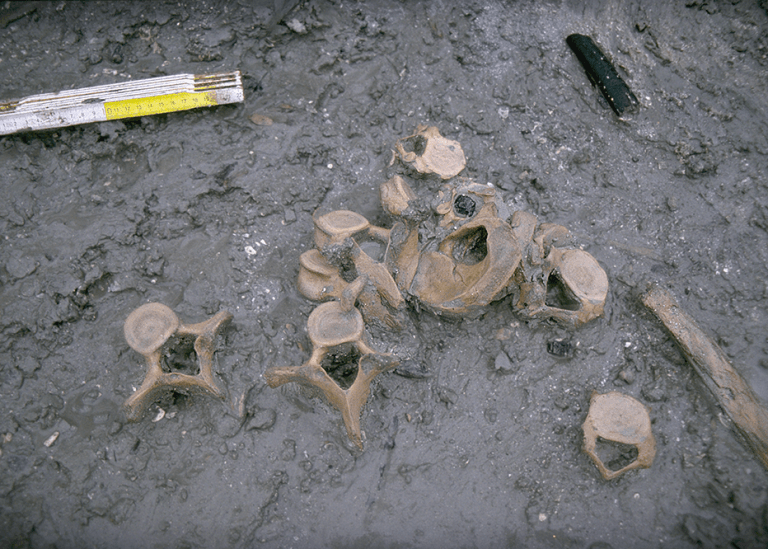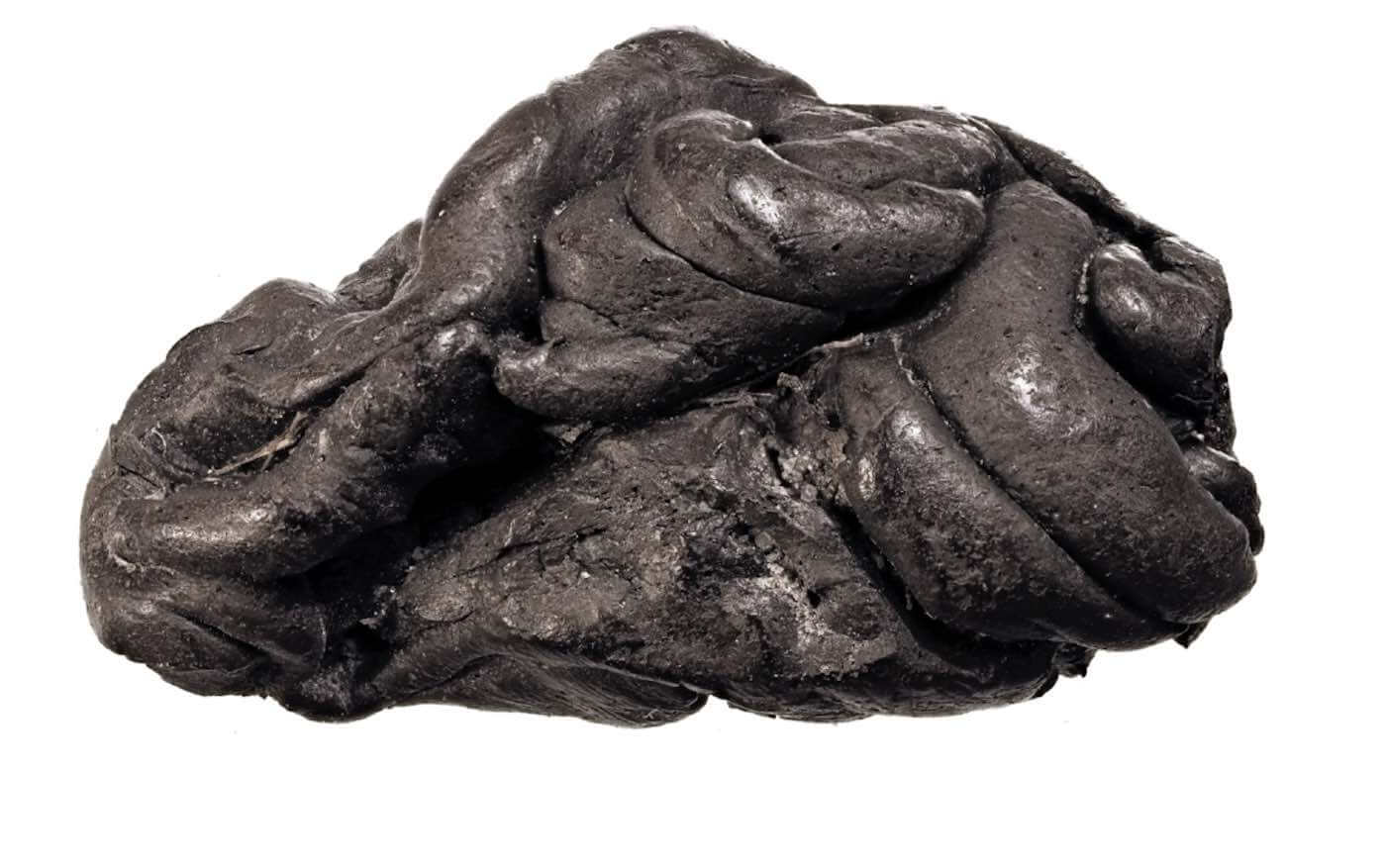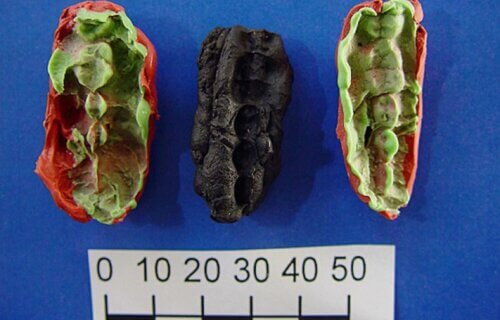STOCKHOLM, Sweden — Around 10,000 years ago, a group of early humans were camping at a site called Huseby-Klev in present-day Sweden, just north of what is the country’s second largest city today. They chewed on resin which turned into a glue — sound familiar? Now, researchers have been able to use the DNA still sitting in this “chewing gum” to reveal the prehistoric diets of people in the Stone Age.
Study authors have discovered that these gum chewers feasted on deer, trout, and hazelnuts. Their analysis even showed that one person suffered a severe gum infection.
“There is a richness of DNA sequences in the chewed mastic from Huseby-Klev, and in it we find both the bacteria that we know are related to periodontitis, and DNA from plants and animals that they had chewed before,” says Dr. Emrah Kırdök from Mersin University Department of Biotechnology, who coordinated the metagenomic work on the Mesolithic chewing gum, in a university release.

Huseby Klev, which sits on the island of Orust, was excavated just 30 years ago. Researchers discovered chewed resin alongside the remains of stone tools that indicated that they came from Mesolithic time periods.
The ancient “gum” has already prompted a study that includes genetic information of three people. DNA found that wasn’t from humans was analyzed as well. However, sorting out the different species in the DNA mix within the resin was no easy feat. Part of the reason is because only a small number of studies have examined this type of material, and current genetic tools didn’t exist during these prior DNA analyses.
“We had to apply several computational heavy analytical tools to single out the different species and organisms. All the tools we needed were not ready to be applied to ancient DNA; but much of our time was spent on adjusting them so that we could apply them”, says Dr. Andrés Aravena from the Department of Molecular Biology and Genetics at Istanbul University, who analyzed the data alongside Dr. Kırdök.
“This provides a snapshot of the life of a small group of hunter-gatherers on the Scandinavian west coast. I think it is amazing, there are other well established methods to work out what nutrition and diet relates to the Stone Age, but here we know that these teenagers were eating deer, trout, and hazelnuts 9,700 years ago on the west coast of Scandinavia, while at least one of them had severe problems with his teeth,” says Professor Anders Götherström at the Centre for Paleogenetics, a collaboration between Stockholm University and the Swedish Museum of Natural History.

What does a modern-day dietitian think about ancient diets?
“Ancestral diets” have become one of the newest social media trends. Social media gurus seem to equate it with eating steak and drinking raw milk. Other supporters explain that it’s simply all about eating foods that our ancestors did.
This seems self-explanatory but isn’t exactly that. Things can get confusing because people from different areas of the world ate different things. Climate, accessibility, culture, and other factors all play into the nuances.
Regardless, the ancestral diet idea seems to roughly value the same dietary outline: focusing on whole foods and less on ultra-processed foods. The modern diet, in comparison, includes more highly refined snacks, candies, desserts, and other similar foods more than ever before.
The findings from this international study help science and nutrition researchers to better understand how humans once ate and deepen knowledge about what we know regarding human nutrition today. Nutrition research can be difficult to carry out, interpret, and apply to the general public.
The field of nutrition struggles because of the lack of unity in messaging and recommendation, which cannot entirely be alleviated because not every recommendation will apply to each person. Still, studying dietary evolution and its relevance to today can help close gaps.
The findings are published in the journal Scientific Reports.
You might also be interested in:
- 5,700-year-old chewing gum still contains human DNA from prehistoric woman
- Comet slamming into Earth 12,800 years ago likely turned prehistoric hunters into farmers
- Time to leave Paleo Diet in the past? Recent studies fail to support its claims
- Bad food, weight loss, and supplements: Dietitian answers 3 common questions about nutrition
